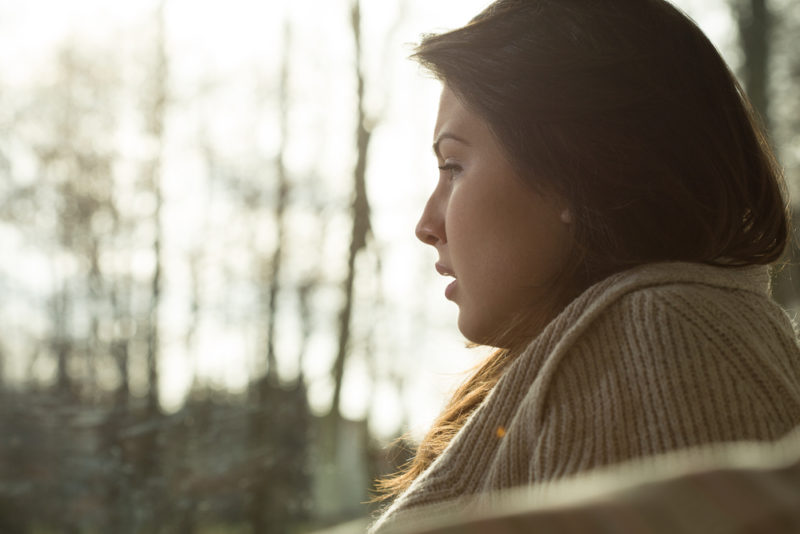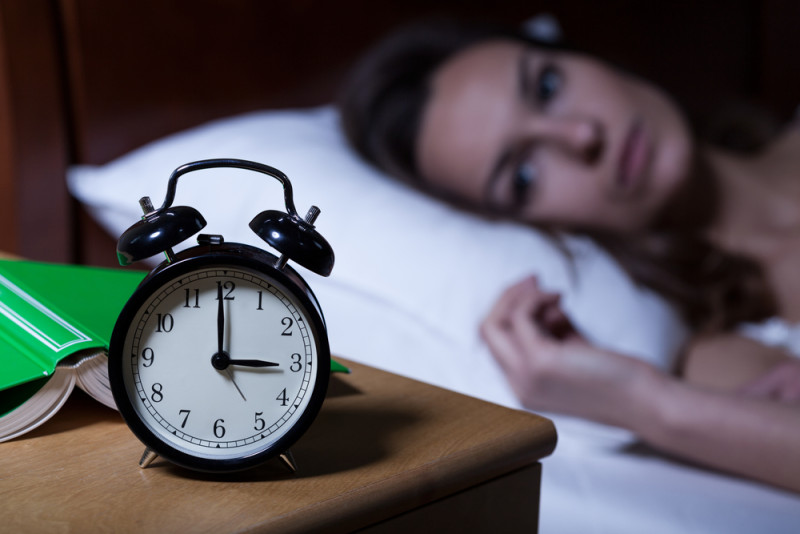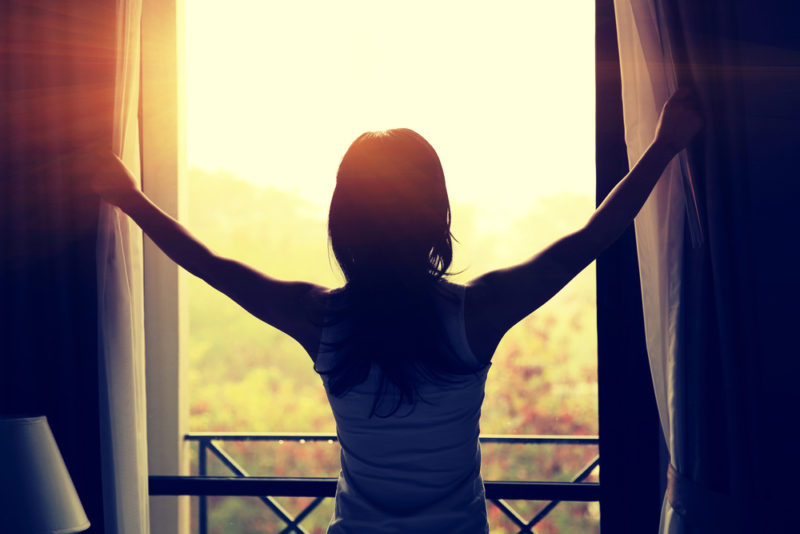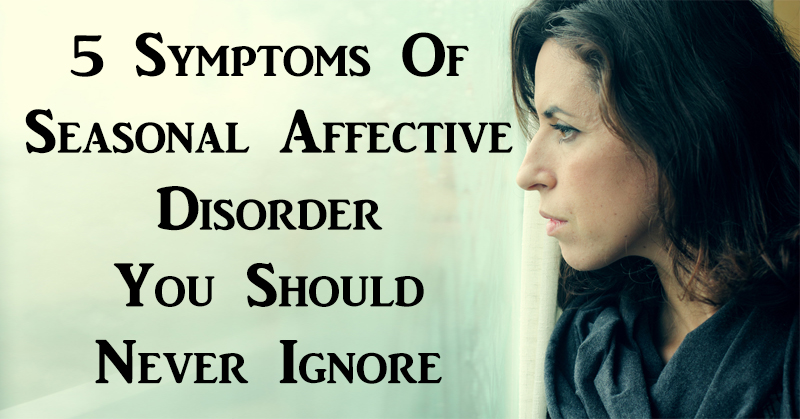Have you ever heard anyone talk about getting the “winter blues?” Turns out, it’s more than just a saying. There’s a medical term for the winter blues. It’s called Seasonal Affective Disorder.
What Is Seasonal Affective Disorder?
Seasonal depression, also known as Seasonal Affective Disorder (SAD) is a subtype of depression that begins and ends around the same time every year. Symptoms arise with the change in seasons, often beginning in the fall and continuing through the winter months. Seasonal Affective Disorder can also occur in the spring or summer, although less common.

What Causes Seasonal Affective Disorder?
The reduced level of sunlight in the fall and winter can affect a person’s serotonin level. Lower levels of serotonin have been linked to depression. Those who have seasonal depression in the winter have shown higher levels of a serotonin transporter protein that removed serotonin.
The sleep-related hormone melatonin has also been linked to seasonal depression. Melatonin can affect sleep patterns and mood. It’s produced at increased levels in he dark. When the days become shorter and darker in the winter, the production of melatonin increases. This can cause the internal clock to fall out of sync with the external clock, disrupting sleep/wake rhythms and resulting in some of the symptoms association with SAD.

Symptoms Of SAD
Symptoms of SAD are consistent with those that occur in depression. They include:
1. Unusual Sleep Patterns
Many people who suffer from SAD find it difficult to get out of bed during the winter months. They may feel constantly fatigued and have a hard time staying awake. Increased sleeping or sleeping at unusual times are common symptoms of SAD.

2. Overeating
Those who suffer from SAD may find that their appetite spikes at the onset of their depression, and continues throughout the winter. SAD sufferers often crave starchy carbohydrates such as bread and pasta. These “comfort foods” may lead to weight gain.
3. Lethargy
People with Seasonal Affective Disorder often just want to sleep. Even if they’re getting an adequate amount of sleep each night, they may still feel sluggish throughout the day. This can affect their ability to concentrate and be productive.

4. Limbs That Feel Heavy
SAD sufferers may have a hard time moving their limbs. They feel like sandbags attached to their bodies. It’s not painful, but it feels like a tiresome task. They may also experience sore and tired muscles.
5. Sadness And Withdrawal
Similar to regular depression, SAD makes you feel apathetic and less social. Someone suffering from SAD may withdraw from friends and family. They may also find that activities they usually enjoy don’t make them happy anymore.

Natural Remedies For SAD
1. Enjoy The Sunshine
The days may be shorter in the winter, but you still have time to soak up some sunshine and fresh air. Talk a walk on your lunch break, or bundle up and bring a book to the park. If you don’t like the cold, sit by a window instead. Or try opening up you blinds and curtains during the day to let in as much light as possible.

2. Bring The Light Inside
Try a phototherapy lamp. It mimics the sunlight and gives your body similar effects when the sun is nowhere to be found. These lamps are thought to improve moods. Talk to your doctor or therapist about phototherapy lamps.
3. Get Active
You can boost your mood naturally by moving your body. Talk a walk in the fresh air, go sledding or build a snowman in the front yard. If you prefer to stay indoors, try yoga or some simple stretches to get your blood flowing.

4. Talk To A Professional
We all need a little help sometimes. If you feel hopeless and depressed, it might be time to talk to a professional. SAD is more than just the winter blues. It has been linked to increased alcohol intake, drug abuse and suicide. If you’re feeling down, seek help.
Sources:
Mental Health America
NCBI
Mayo Clinic
NCBI


